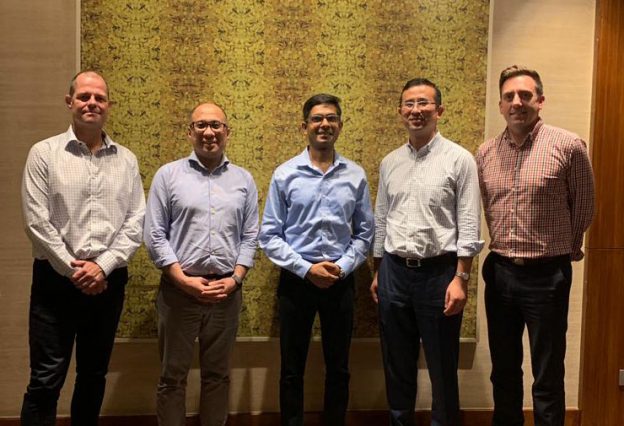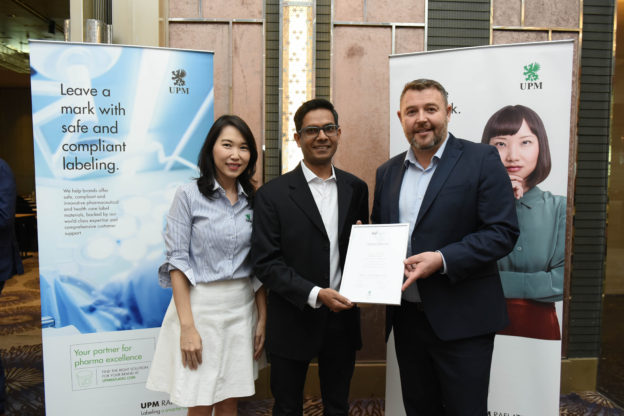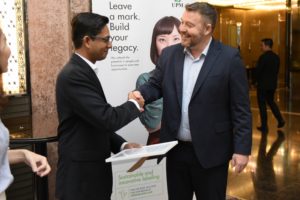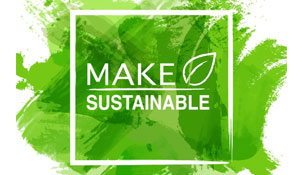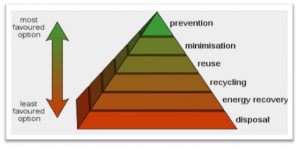Plastic Packaging waste: Corporates and Government must work together to find solutions
Most discussions around plastic waste tend to be gloomy, painting a bleak scenario with pictures of mountains of waste, marine litter and more recently, presence of microplastics in food and water. In the last few months, we have seen rays of hope with large international brands pledging to make all packaging material recyclable by 2025. Brands like Nestle, Unilever, Coca Cola, Walmart, Pepsi, Mars, Danone, Amcor and Marks & Spencer have all come out with similar pledges to demonstrate their commitment to the environment. Over the last one year, Unilever announced investments in Creasolv and a partnership with Ioniqa, with intent to develop technologies which can go on to improve the recyclability of their packaging waste. Coca Cola over the last decade or so has made investments in PET recycling facilities with an objective of using recycled content in their own bottles. Coca Cola has been a champion to push for recycled content as a part of their packaging material specification for several of its brands. Several other brands have followed suit to incorporate recycled PET into their product specifications as well. The story of PET bottle recycling is well communicated and most people are aware of how bottles can be converted into products like polyester fiber for pillows, carpets, textiles and even back into bottles.
So at a time when we can’t ignore the alarm bells anymore about the impact of plastic packaging materials on our environment, these pledges announced by the corporates give us reassurance that the ‘Creators of Consumerism’ are acknowledging their role in this and are fully committed to taking steps that will help packaging material recyclable. But are these pledges enough? What do they actually imply? Will they be able to make an impact and will they lead to the desired outcome? These are a few questions that need to be evaluated…
When we look at the pledges more closely, it is to make their packaging materials recyclable. To achieve this, brand owners are working towards design options which would make the materials technically recyclable with acceptable performance. How this would result in achieving recycling on the ground is something that has not yet been addressed by the brand owners. For instance, plastic bags are the most easily recyclable material but in spite of that their recycling rate is perhaps in early single digits. The only explanation for this is that there is a lack of sufficient economic incentive to justify such business activity.
The scale of the problem is enormous
In order to understand the magnitude of the problem and the potential impact of the solutions one must approach the issue in an objective manner. Packaging comprises about 40% of the total plastic usage of 322 million tonnes in 2015. It has the distinction of being the largest component of ‘single use’ plastics. While different data sources point to different numbers, just about 14% of the plastic packaging is collected and recycled. Only about 40% of the 20 million tonnes of PET bottles are recycled into products. If we include all the other forms of polyester, the base polymer which is also used to make textile fabrics and films, the recycling rate would then fall drastically to about 13%. And this is the story of one of the most desirable materials for recycling, where there is a market based economic incentive to collect, wash and melt the waste and make new products like fiber. The story for the undesirable packaging materials like plastic bags, bright printed packets of potato chips with multi-layered films is quite different. There is dearth of commercial units for recycling such materials. This is due to lack of economic benefit for carrying out such an activity and an absence of proven recycling technologies which can handle such materials.
Government rightly spearheading the movement but needs to draw up a long term sustainable plan
The good intent of the brand owners cannot be questioned. However, the pledges seem to have been prompted by the European Commission, who has invited the private sector to take up substantive pledges prior to considering regulatory action. What this highlights is that Government action on the policy front can guide the industry to common goals and show a path to the industry as well. With the onus on them, the brand owners are now pushing the converters, companies which supply the packaging materials to them, to find such recyclable materials. However, the converters don’t have any other place to go back to as their suppliers are the virgin resin producers, the large petrochemical giants who have refineries to run and would not like any competition from recycled materials. Hence, simply setting a direction is not enough!
Such issues are best addressed through independent scientific and economic study which is followed by policy directives. Governments across the globe have been working for some time on formulating policies to help achieve the 3 Rs – Reduce, Reuse and Recycle. In 2015, the European Commission had setup a plastic packaging recycling target of 55% to be achieved by 2025 and to achieve this they would like to see 10 million tonnes of recycled plastics being used in the EU alone. With this intent, they formed programs for Extended Producer Responsibility, packaging design improvement and to drive innovation and investment in a circular economy. European Food Safety Authority and US Food and Drug Administration have clear standards permitting the use of recycled content even in direct food contact products like water bottles.
On the other hand, the policy action in developing countries is inadequate and not comprehensive. Unfortunately in these countries, the policy-makers have a tendency to only focus on end-of-life of plastic waste since that is a direct responsibility of the municipalities and other local bodies. In an effort to wish away its responsibility, plastic waste- its collection and recycling has been pushed back to the waste generators. Extended Producer Responsibility (EPR) cannot be left as wishful thinking, for a system to be devised and implemented independently by the industry. Targets have to be set and defined for the collection of waste and there is an imperative need for a mechanism for EPR to be proposed by the Governments which is uniform, measurable and auditable.
Independent scientific studies are the need of the hour. Plastic packaging usage is a subject which needs to be reviewed comprehensively along with conducting in-depth life cycle analysis studies of not just plastic but also alternate packaging materials. It should not be viewed solely based on its contribution to solid waste.
To bring about an impactful change, a lot more commitment is required from all stakeholders involved
We would like the brand owners to be a little more ambitious to come out there and commit to use of recycled content in their supply chain so that demand for recycled polymers is created. They need to commit to setting recycling target of say 50% of the packaging material that they place on the market. It would go on to address the financial gaps in collection and recycling of the waste. It is time that the brand owners let the buyer beware of the after-life effects created by the plastic waste in line with the principles of tobacco industry. Let the consumers make an informed choice. And as consumers we must do our bit by collecting and sorting of waste. More importantly, we should be aware of the effects of our action and we should demand a change in the way the products are served to us.
Author: Pranay Jain, Managing Director, EcoBlue Ltd.

